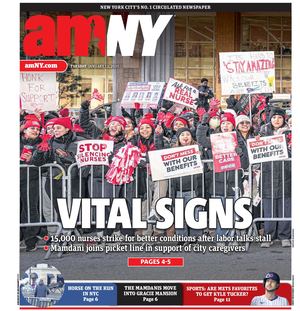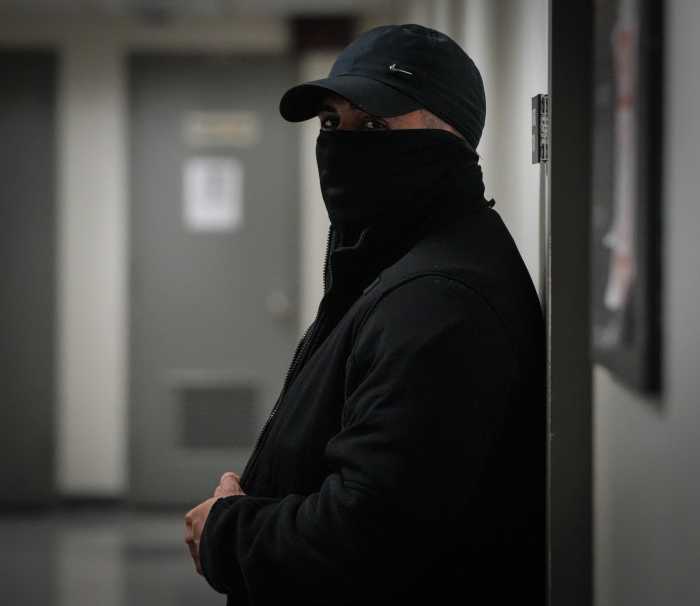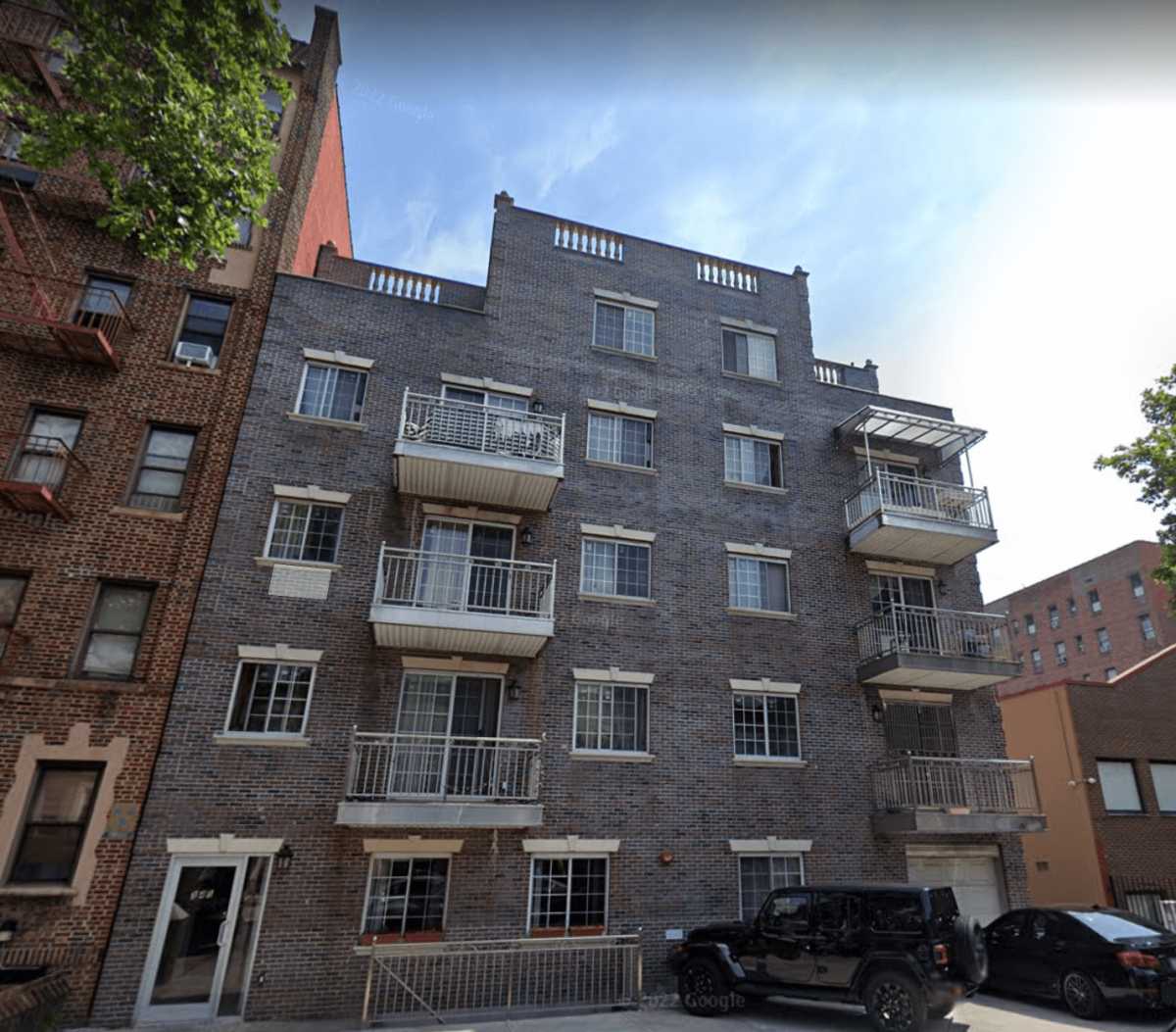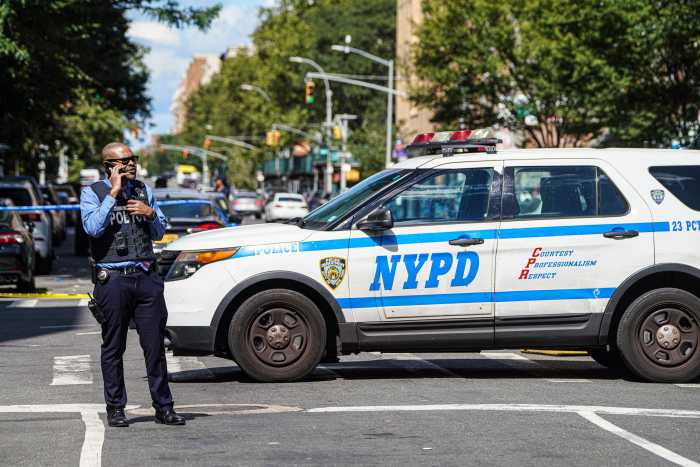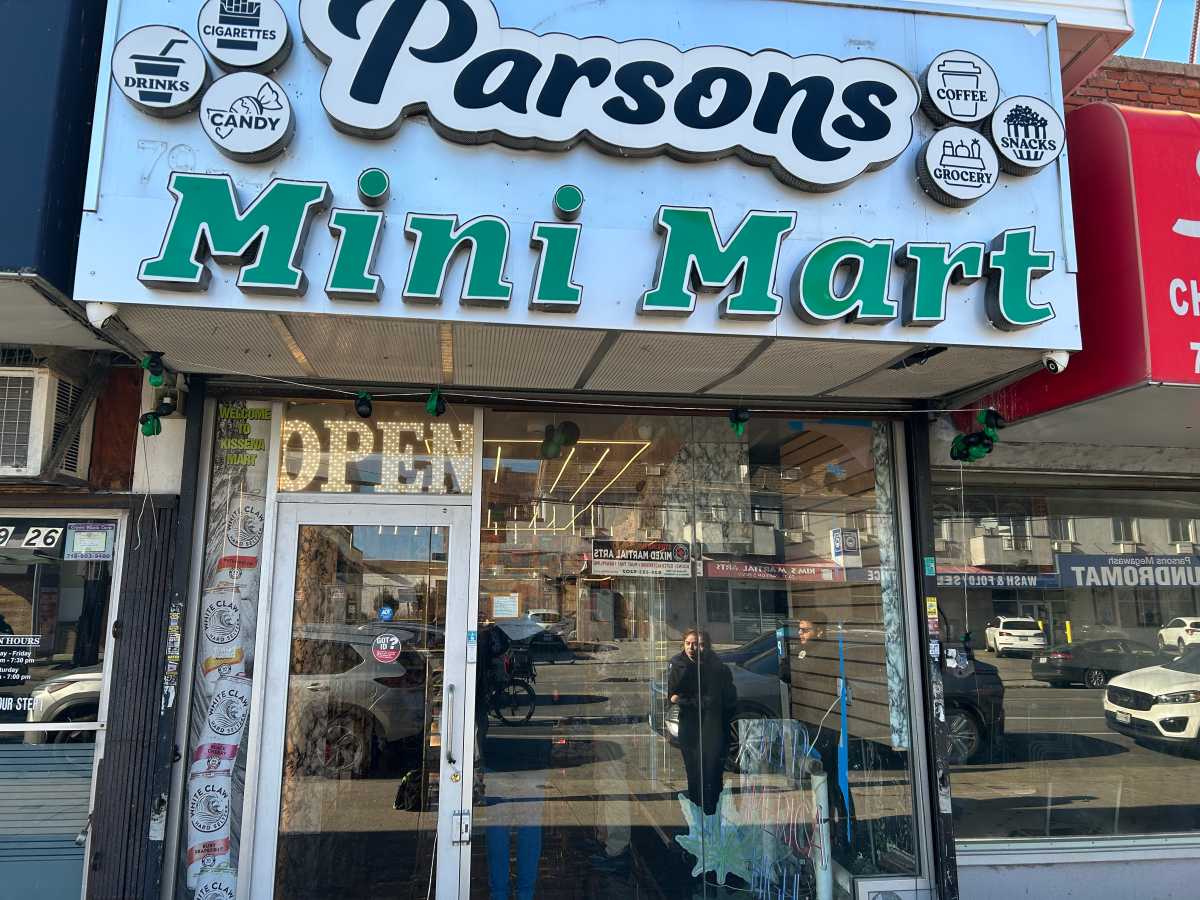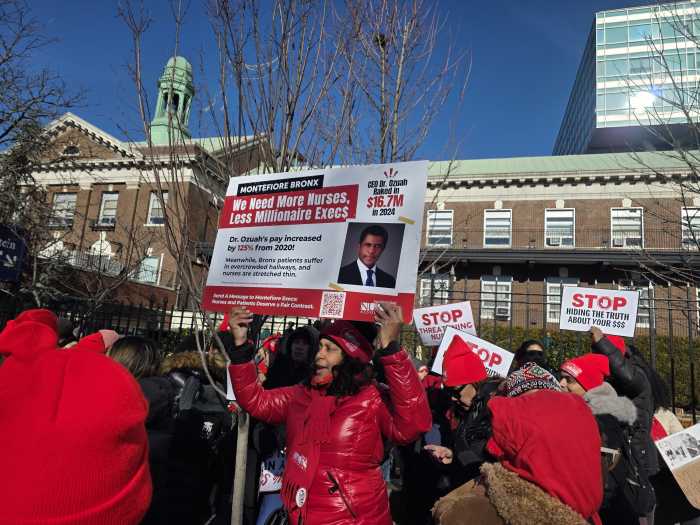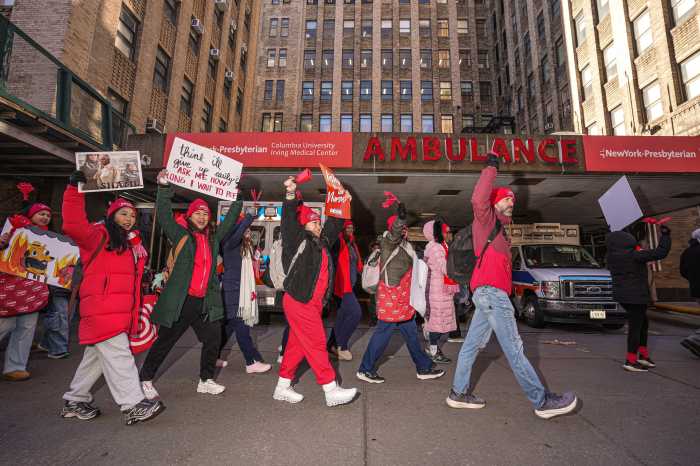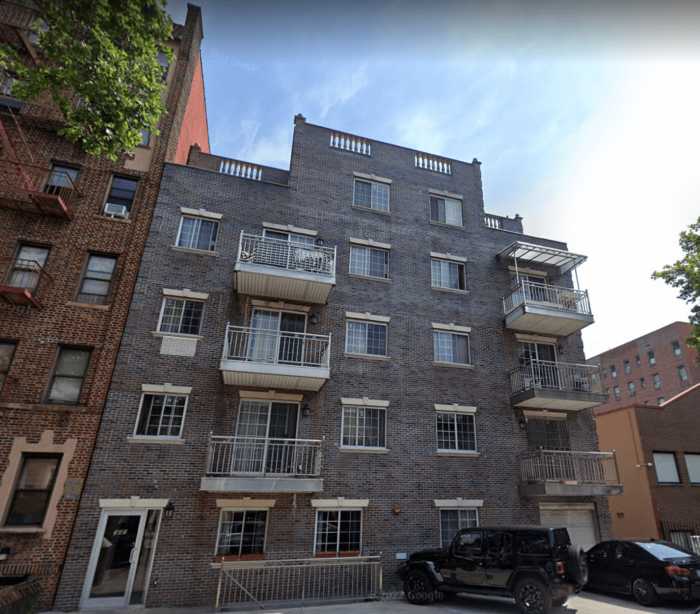Fort Greene is a central character in Spike Lee’s groundbreaking 1986 film “She’s Gotta Have It.”
Much of the movie was filmed in the Brooklyn neighborhood, known for its beautiful brownstones and talented residents. But while Fort Greene had a historically middle-class African American population and a rich artistic community, it was not immune to crime, poverty and the ravages of the 1980s crack epidemic.
Lee headquartered his production company, 40 Acres And A Mule Filmworks, in the neighborhood where he grew up.
A long list of artists called Fort Greene home in the 1980s and 1990s, including comedian Chris Rock and musicians Erykah Badu and Branford Marsalis. And it’s said that decades earlier, Richard Wright wrote his acclaimed novel, “Native Son”, while living in the area and sitting in Fort Greene Park.
Gentrification has taken hold, bringing with it soaring property rates, upscale shops and wealthier, white residents. But some worry cleaner and safer streets come with a price. Lee has famously railed about the changes, especially in a 2014 speech at the Pratt Institute, where he wondered aloud why it takes an influx of white residents to improve police patrols and trash pickup.
Here are some thoughts from Fort Greene residents and historians about how the neighborhood has changed over the last three decades:
“Here’s the thing: I grew up here in Fort Greene. I grew up here in New York. It’s changed. And why does it take an influx of white New Yorkers in the south Bronx, in Harlem, in Bed-Stuy, in Crown Heights for the facilities to get better?”
Spike Lee during a 2015 speech at Pratt Institute via New York Magazine/Daily Intelligencer Magazine transcript.
“Spike’s breakthrough film ‘She’s Gotta Have It’ not only put him on the map, but shone a spotlight on the community of young artists already there, and made Fort Greene/Clinton Hill a magnet for emerging actors, musicians, visual artists and designers from all over the country. . . . A vibrant spoken word scene would develop out of the Brooklyn Moon restaurant, while a group of female artists would form an influential avant-garde theater group known as Rodeo Caldonia. I lived through all this, was inspired by it, watched my peers make great art and was saddened as both success and gentrification changed Fort Greene forever.”
Author and director Nelson George, in the 2011 Kickstarter description of his documentary film, “Brooklyn Boheme.”
“I moved here with my family in 1981 because it was a chance to buy a brownstone. We had a loft in Williamsburg but it was really rough in those days. We came to Fort Greene and immediately fell in love with it.
Now artists looking for places to live can’t afford such expensive housing, and now even some of the longtime places are closing because of the high commercial rents. The fear is only chain stores will be able to afford these prices.”
Richard Norton, treasurer of the Fort Greene Association
“I don’t think we can talk about modern Fort Greene’s history without Spike Lee and the role he played in attracting a whole group of artists relating to film, music journalists (in the 1980s) . . . He didn’t just live there. He opened his production company . . . in Fort Greene at a time when it’s unclear where this is going to go. It was not inevitable what Fort Greene was going to become.”
Zaheer Ali, co-host of the Brooklyn Historical Society’s podcast, Flatbush + Main
